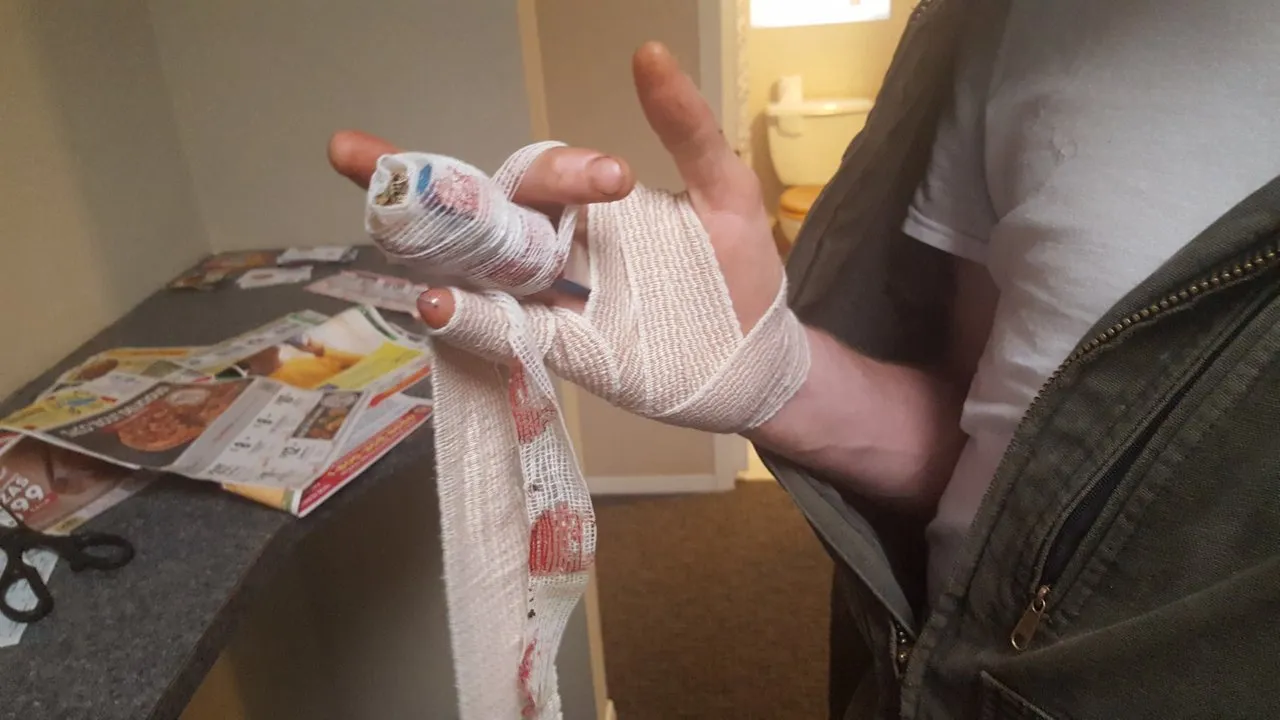
For reasons I may never understand, while mowing the lawn yesterday my roomie reached into it through the mulching opening in the back. There's even a big yellow triangular warning sticker on the lid that normally covers that opening, bearing an image of a hand being cut:
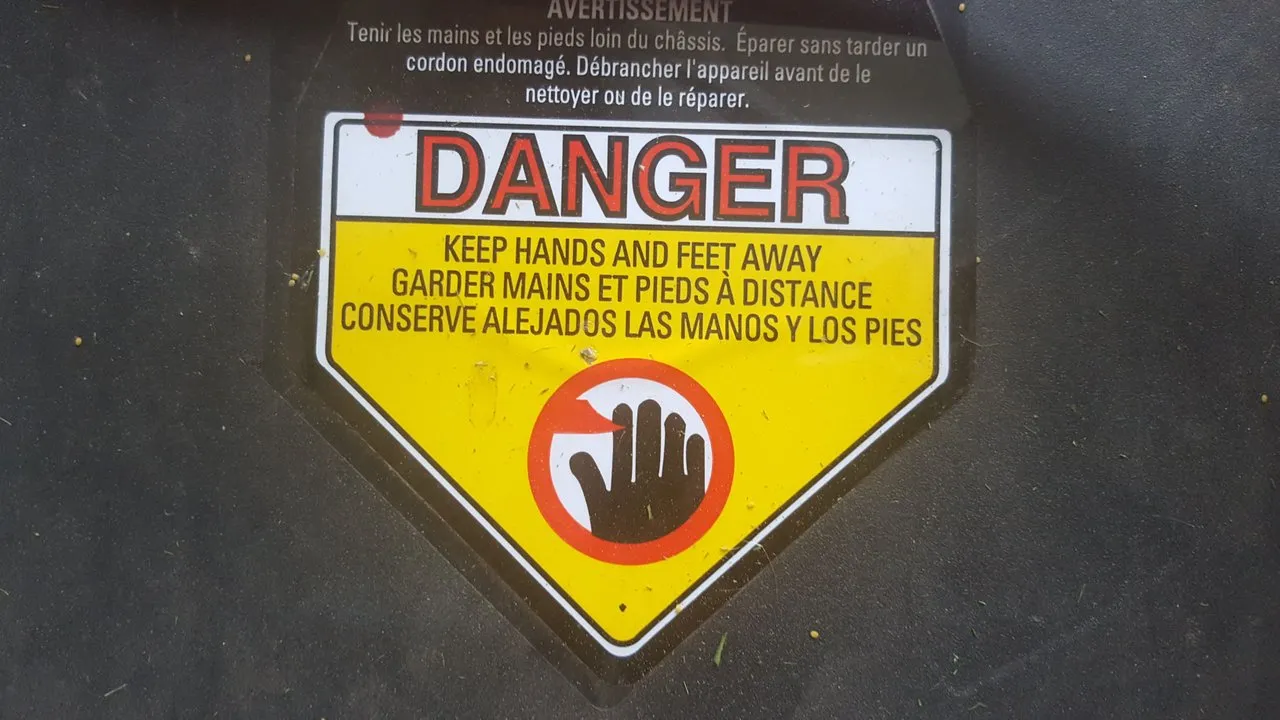
He did it anyway, and after x-raying his hand (and some stitches) they told him they might not be able to save his ring finger. They said they might have to amputate everything down to the middle joint (not down to the knuckle thankfully).
That leaves enough of the finger that prosthetics become an option. In recent years there's been an explosion of activity in the DIY 3D printed prosthetics scene. Perhaps you've seen news reports about good samaritans 3D printing prosthetic hands for kids:
Being the problem solving sort, the gears in my head immediately began turning. I'd already seen some clever 3D printed prosthetic fingers in the past, so it was just a matter of researching which one is right for my roomie and having it printed.
I'll still have to do the assembly, more than likely. But that's the smallest, most easily overcome problem. Having perused Thingiverse, a service for 3D printing anything you can imagine and mailing it to you, I've narrowed it down to these two:

Knick's Finger 3.5 which, due to the strong joints, requires a great deal of assembly including metal pins and fishing line. But it looks like the strongest of the lot, and has benefited from the insight of the creator who has iteratively improved it based on his own experiences using his product over the years.
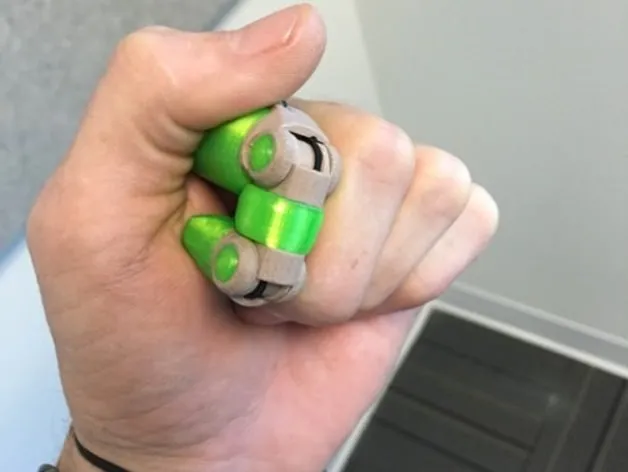
It's a handsome looking product and functions by tension; fishing line attached to the tip of the finger internally exits the back of the base of the finger and is restrained by attachment to a bracelet. When the finger stump bends it increases tension, causing the jointed plastic finger to curl into the closed position.
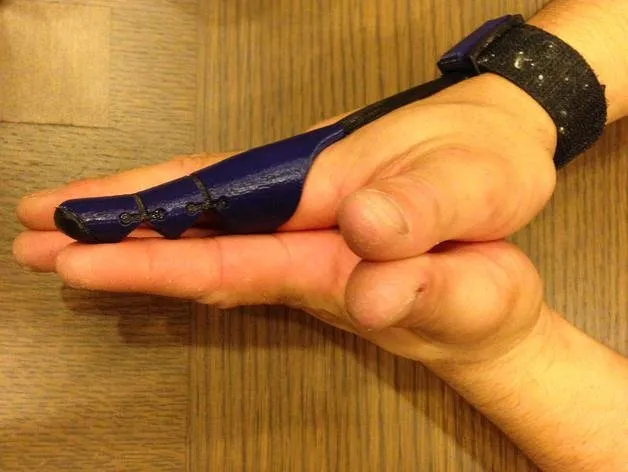
This is the Kinetic Finger by Matt Bowtell. It doesn't have mechanical joints, instead utilizing flexible foam. It looks easier to construct but also less durable in my opinion, but I'm still feeling out what will be the most pragmatic and feasible option.
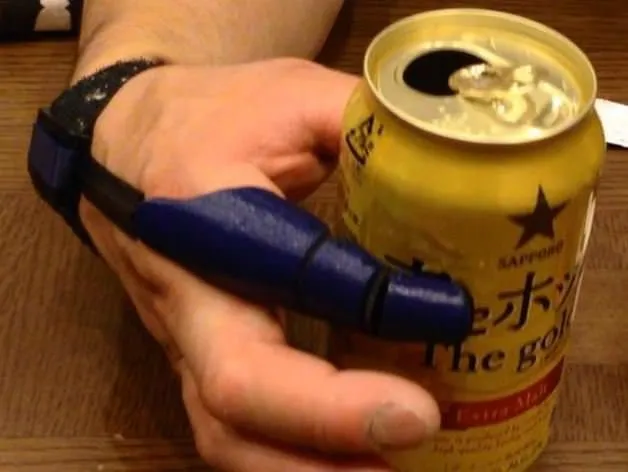
I like the look of the velcro wrist strap. I don't think my roomie will bother to use the finger every day if it's a hassle to put on and take off, so it has to be quick and easy. That's what attracts me to the bracelet solution since he can just wear a metal chain bracelet or similar all the time.
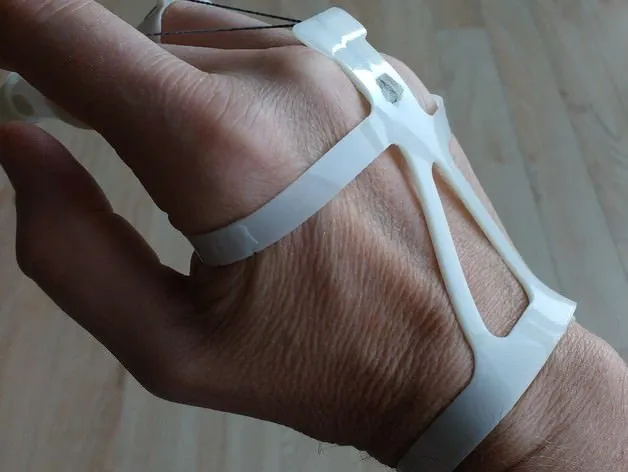
Something like this is a possible alternative. More secure and snug, but also more involved when it comes to putting it on and taking it off. My roomie said he doesn't like the look of this one and I agree. Too "medical". I'm convinced at least that the bracelet attachment method for the tension line is the right answer.
Thank goodness we live in an age where general fabrication technology is in the hands of regular people, democratized so that everybody can have access to this sort of capability. Prosthetics, normally prohibitively expensive due to the custom needs of each amputee, is an ideal application.
Even though losing a finger is a traumatic experience, it doesn't have to be a professional setback. My roomie needs all his fingers for his job, you see. But then, every problem is solvable with sufficiently advanced technology, and before long I'll see to it that he has a shiny new 3D printed prosthetic finger suited to his needs.
Stay Cozy!
